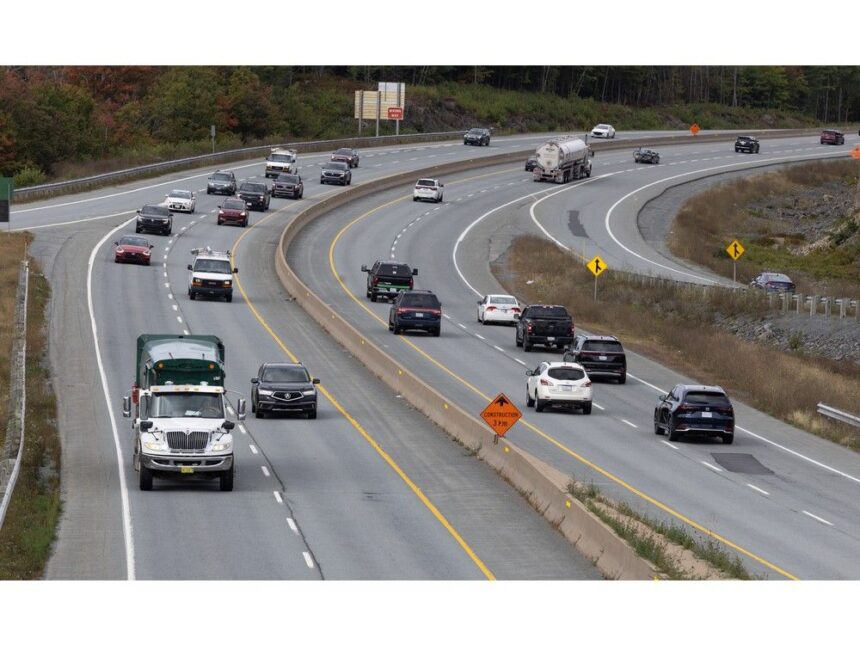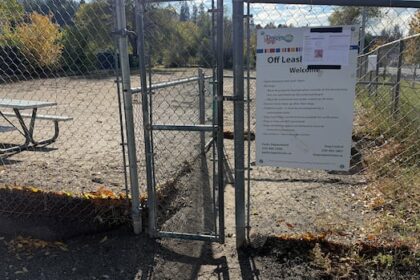Vehicles drive along Highway 102 near Larry Uteck Boulevard on Thursday. Photo by Ryan TaplinArticle contentClaudia Chender said transportation corridor legislation introduced by the PC government on Thursday is about more than just widening highways.THIS CONTENT IS RESERVED FOR SUBSCRIBERS ONLY.Subscribe now to access this story and more:Unlimited access to the website and appExclusive access to premium content, newsletters and podcastsFull access to the e-Edition app, an electronic replica of the print edition that you can share, download and comment onEnjoy insights and behind-the-scenes analysis from our award-winning journalistsSupport local journalists and the next generation of journalistsSUBSCRIBE TO UNLOCK MORE ARTICLES.Subscribe or sign in to your account to continue your reading experience.Unlimited access to the website and appExclusive access to premium content, newsletters and podcastsFull access to the e-Edition app, an electronic replica of the print edition that you can share, download and comment onEnjoy insights and behind-the-scenes analysis from our award-winning journalistsSupport local journalists and the next generation of journalistsRegister to unlock more articles.Create an account or sign in to continue your reading experience.Access additional stories every monthShare your thoughts and join the conversation in our commenting communityGet email updates from your favourite authorsSign In or Create an AccountorArticle content“This is a continuing intrusion on municipal jurisdiction,” the Opposition and NDP leader said. “We have the government saying that this is something that’s necessary for the goals of the province. We’ll see what municipalities have to say about it.”Article contentArticle contentArticle contentThe Transportation Corridor Control Act, Nova Scotia government officials said, establishes priority transportation corridors for future development and helps prioritize major transportation projects. Those corridors haven’t been identified yet but the regional transportation plan that was released last month looks at the widening of Highway 102.Article contentSkeptics, however, are reading between the lines that the act will open the door for provincial authorities to override local decisions.Article content“I think it’s designed to conflict municipal decision making,” Chender said.Article contentUnder legislation passed last spring, the province has the power to set transportation policy for municipalities if it deems it necessary.Article content“This is another moment when the province has decided that they know best for everyone,” Chender continued. “But at the same time, we’re four years into a mandate and traffic is worse than ever. Our transportation is worse than ever. We have buses that can’t move. We have people stuck in their cars. So, I’m not sure why we should trust this government.”Article contentArticle content Peter Hackett, deputy minister of Link Nova Scotia.Article contentIf land is designated a corridor, according to the legislation, construction, excavation or road work cannot take place within 30 metres of that zone without a permit.Article contentThe legislation is “merely for future-proofing and planning purposes,” said Peter Hackett, deputy minister of Link Nova Scotia, the provincial agency tasked with easing traffic congestion and finding transportation solutions in Halifax and surrounding areas.Article content“We’re just making sure development doesn’t impede the future of transportation corridors,” Hackett said. “So, it’s not going to be a surprise. Before we designate a corridor, we would talk to the landowners, talk to the municipality and say, ‘We’d like to designate this for this purpose.’ It’s a collaborative approach to this.”Article contentLink Nova Scotia, formerly known as the Joint Regional Transportation Agency, laid out a long-term plan for highways and transit in August. Several projects have been identified for study, including light rail, bus rapid transit and new highway corridors.Article contentThe plan said there are currently over 1.15 million driving trips each day in HRM and surrounding area, while 14 per cent of commuting trips use existing transit options such as buses and ferries.Article contentChender questioned the “value” of the new legislation.Article content“It would be one thing, if we were actually building bus rapid transit, if we were actually moving forward in getting people in HRM and across the province meaningful transportation options,” she said. “We’re not.”Article content
Opposition wonders if Nova Scotia transportation corridor legislation meant for road widening or flexing provincial muscle











